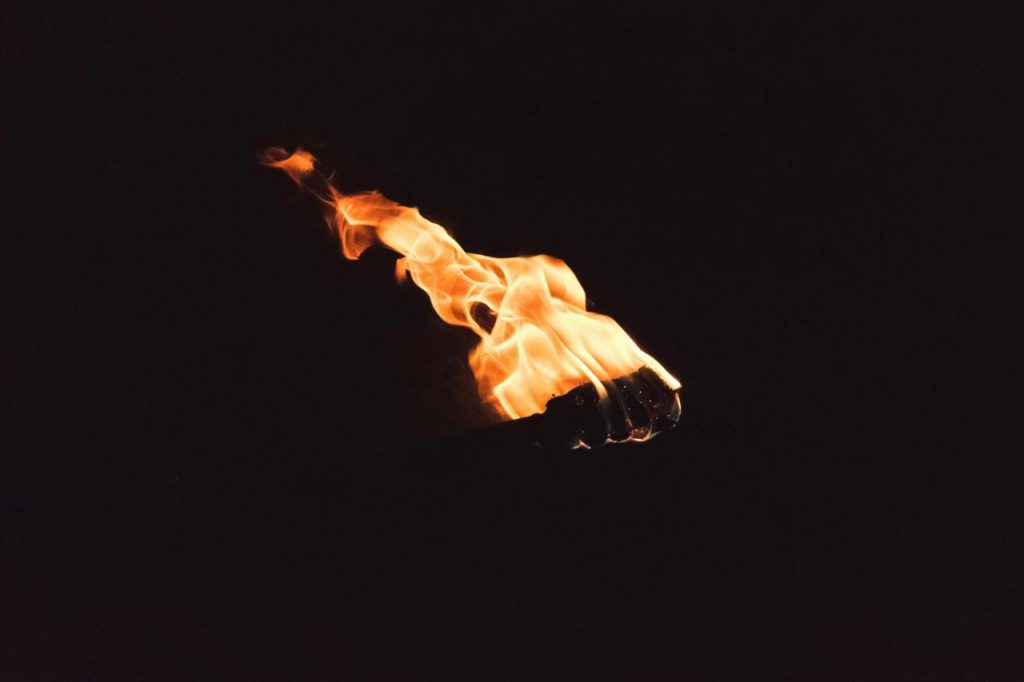Fire extinguishing systems play a crucial role in fire safety for residential, commercial, and industrial buildings. These systems are designed to detect, suppress, or extinguish fires before they can cause significant damage or threaten human life. Various types of fire extinguishing systems are available, each tailored to the specific needs of the environment they are intended to protect.
Water-Based Systems: The most prevalent type is the water-based sprinkler system. They are commonly installed in office buildings, residential complexes, and commercial spaces. Sprinklers activate when heat from a fire triggers the system, releasing water to control or extinguish the flames. These systems are effective for typical fire risks but might not be suitable for places where water could damage equipment, like data centers.
Foam-Based Systems: Foam systems are often used in environments with flammable liquids, such as chemical plants or refineries. These systems release foam that cools the fire and smothers the flames by cutting off the fires oxygen supply. Foam systems are also suitable for airport hangars and fuel storage facilities.
Gas-Based Systems: Gas-based systems are used in environments like data centers, server rooms, and museums where water or foam could cause damage. They use gases such as carbon dioxide (CO2) or clean agents to displace oxygen or interrupt the combustion process chemically. The benefit of gas-based systems is their ability to extinguish fires without leaving harmful residues.
Dry chemical Fire extinguishing system contractor suppression systems: Common in industrial settings, dry chemical systems use powders to interrupt the chemical reactions that sustain a fire. These systems are effective in areas with a high risk of flammable gases or electrical fires.
The efficiency of any fire suppression system relies significantly on regular maintenance and testing. Systems must be inspected to ensure they are functional, up to code, and free of any blockages or leaks. They also require testing to confirm that they activate correctly in an emergency.
Selecting the appropriate fire extinguishing system requires an assessment of the specific fire risks present in a building. Factors such as building size, type of materials used, and the nature of the business all influence the decision. Consulting with fire safety experts can help in making the right choice for optimal fire protection.


